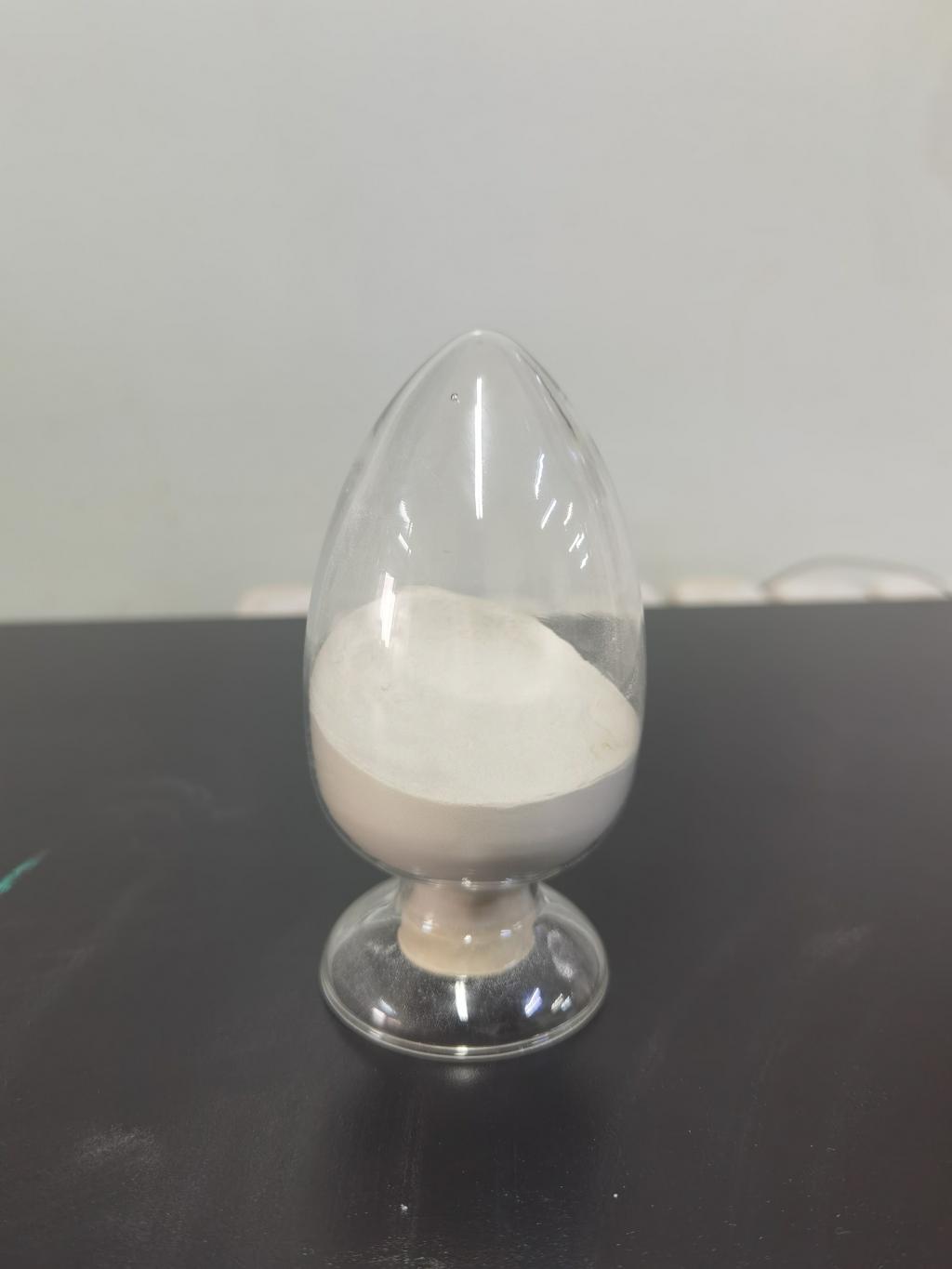Tel:+8618231198596

News
 CONTACT
CONTACT
 CONTACT
CONTACT
- Linkman:Linda Yao
- Tel: +8618231198596
- Email:linda.yao@dcpharma.cn
- Linkman:CHARLES.WANG
- Department:Overseas
- Tel: 0086 0311-85537378 0086 0311-85539701
News
The Environmental Impact of Nisin Production.
TIME:2023-11-14
Understanding the Life Cycle of Nisin:
Raw Material Sourcing:
The production of nisin begins with the sourcing of raw materials, primarily milk-based substrates for the fermentation process. The environmental impact at this stage depends on factors such as agricultural practices, transportation, and the energy intensity of raw material extraction.
Fermentation Process:
The heart of nisin production lies in the fermentation process, where lactic acid bacteria produce nisin through metabolic activities. The environmental impact during fermentation includes energy consumption, water usage, and the generation of by-products. The choice of fermentation technology and the efficiency of the process significantly influence these factors.
Downstream Processing:
After fermentation, nisin is extracted and purified through various downstream processing steps. The environmental impact here relates to the use of solvents, energy-intensive separation techniques, and the generation of waste streams.
Product Formulation and Packaging:
The formulation of nisin-based products and their packaging contribute to the overall environmental impact. Factors such as the choice of packaging materials, transportation, and energy consumption during formulation must be considered.
Environmental Impact Assessment:
Energy Consumption:
The energy intensity of nisin production is a critical factor in its environmental impact. Assessing the energy sources used, whether renewable or non-renewable, provides insights into the carbon footprint associated with its manufacturing process.
Water Usage:
The fermentation process requires water for various purposes, including microbial cultivation and equipment cleaning. Evaluating the water usage efficiency and the source of water can shed light on the sustainability of nisin production.
Waste Generation:
The generation of by-products and waste during nisin production demands attention. Assessing the types of waste, their disposal methods, and potential recycling opportunities contributes to understanding the overall environmental impact.
Chemical Usage:
The use of chemicals in downstream processing and purification can have environmental implications. Analyzing the types and quantities of chemicals used, as well as their impact on ecosystems, is essential for a comprehensive assessment.
Transportation and Distribution:
The transportation of raw materials, intermediates, and final products adds to the environmental footprint. Assessing transportation modes, distances traveled, and the efficiency of distribution channels provides insights into the sustainability of nisin supply chains.
Mitigation Strategies:
Optimizing Fermentation Processes:
Improving the efficiency of fermentation processes, such as optimizing microbial strains and fermentation conditions, can reduce resource consumption and waste generation.
Alternative Raw Materials:
Exploring alternative raw materials, such as agricultural by-products or non-dairy substrates, can diversify nisin production and potentially reduce its environmental impact.
Green Chemistry Approaches:
Adopting green chemistry principles in downstream processing, including the use of environmentally benign solvents and energy-efficient separation techniques, contributes to a more sustainable production process.
Renewable Energy Sources:
Shifting towards renewable energy sources for various stages of nisin production can significantly reduce its carbon footprint. Investments in solar, wind, or other sustainable energy technologies can be explored.
Closed-Loop Systems:
Implementing closed-loop systems for water usage and waste management can minimize environmental impact by recycling and reusing resources within the production facility.
Challenges and Considerations:
Economic Viability:
Balancing environmental sustainability with economic viability is a common challenge. Implementing more sustainable practices may incur additional costs, necessitating careful consideration of the economic feasibility of such changes.
Regulatory Compliance:
Adhering to environmental regulations and standards is critical. Nisin producers must stay informed about evolving regulations related to resource use, waste disposal, and emissions.
Global Supply Chain Dynamics:
Nisin is a globally traded ingredient, and its environmental impact is influenced by supply chain dynamics. Coordinating sustainability efforts across different regions and regulatory frameworks poses challenges.
Future Perspectives:
Technological Innovations:
Ongoing research and development in bioprocessing and fermentation technologies may yield more sustainable methods for nisin production, reducing resource consumption and waste generation.
Circular Economy Principles:
Embracing circular economy principles, such as recycling waste streams and optimizing resource use, can further enhance the sustainability of nisin production.
Consumer Awareness:
Increasing consumer awareness about the environmental impact of food additives, including nisin, can drive demand for sustainably produced products and incentivize producers to adopt greener practices.
Conclusion:
The environmental impact of nisin production is a multifaceted aspect that requires a holistic approach for assessment and mitigation. As the food industry continues to evolve towards sustainability, nisin producers play a crucial role in adopting eco-friendly practices. By scrutinizing each stage of the production process, from raw material sourcing to product distribution, and implementing mitigation strategies, the environmental footprint of nisin can be minimized. The journey towards sustainable nisin production is not only a responsibility but also an opportunity to contribute positively to the broader goals of environmental conservation in the food industry.
- Tel:+8618231198596
- Whatsapp:18231198596
- Chat With Skype







